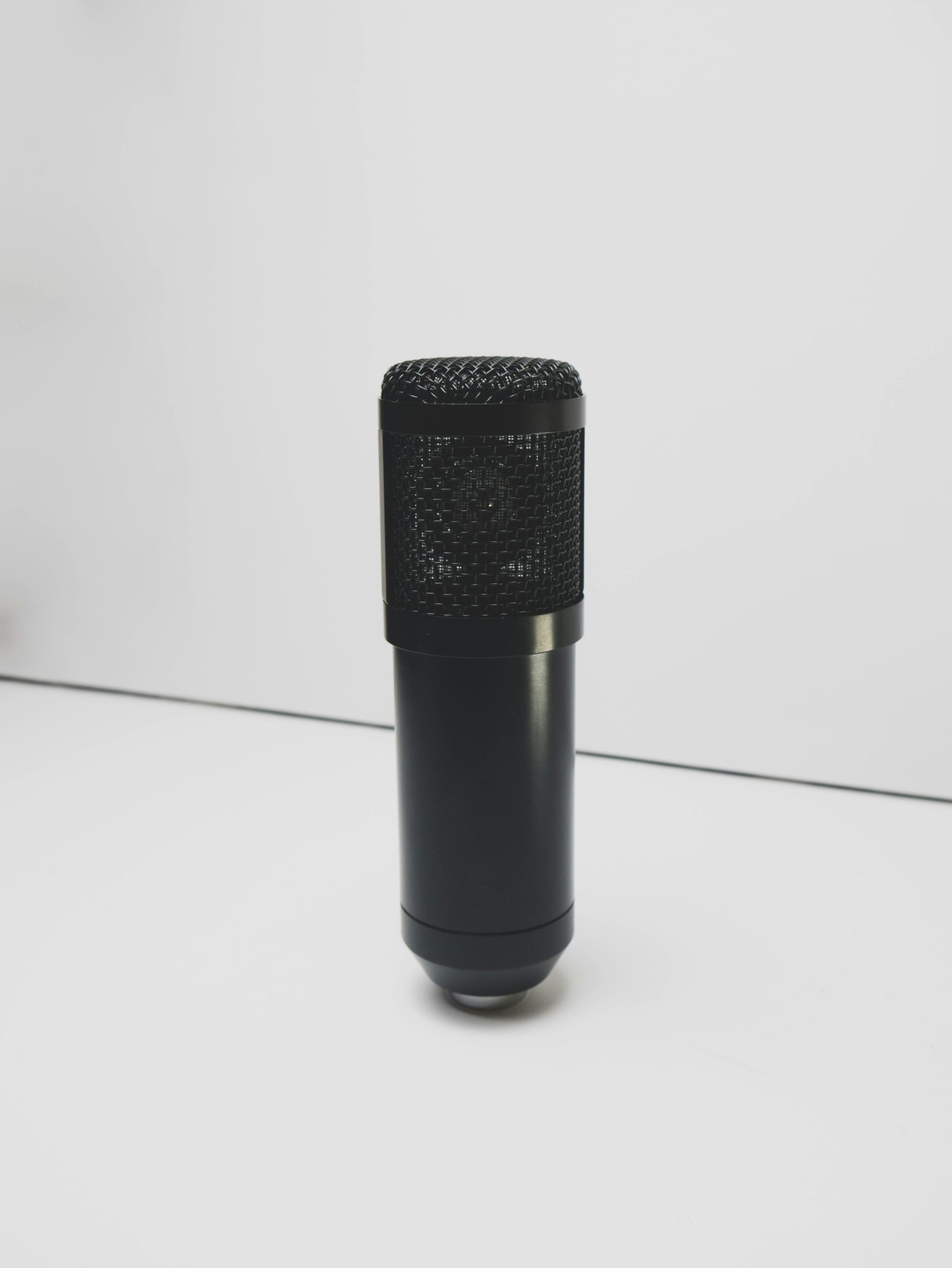Restoration Challenges with Vintage IDE HDD: Diagnosing Power and Operational Failures
Introduction
Hard disk drives (HDDs) are the backbone of data storage, but older models such as those from the early 2000s can present unique challenges when malfunctioning. This article explores common issues faced with vintage IDE HDDs, focusing on troubleshooting methods, potential causes for non-spinning drives, and steps for diagnosis and repair. Whether you’re a hobbyist or a professional technician, understanding these mechanisms can help you recover data or restore functionality to aging drives.
Case Study Overview
The drive in question is a Seagate Barracuda ATA V 120GB (Model: ST3120023A), produced around 2003. Recent observations indicated that the drive, when powered, shows no signs of spinning, vibrating, clicking, or making any operational sounds. This lack of activity persisted despite initial testing and connection via an external USB interface.
Initial Troubleshooting and Observations
To diagnose the problem, a systematic approach was employed:
-
Power Verification: The supply voltages (5V and 12V) were confirmed to be within expected ranges using a multimeter. This suggests that the power source is sufficient and not the primary issue.
-
Visual Inspection: The internal PCB was examined for obvious signs of damage, corrosion, or burnt components. No visual faults such as bulging capacitors or burnt spots were apparent.
-
Component Testing: Basic electrical testing of key components was performed:
- Diodes appeared to conduct in both directions, with readings around 0.5–0.6V, indicating they are not outright faulty.
-
Resistors, including a 1-ohm resistor, appeared to be shorted; however, this may be within normal tolerances or part of the circuitry.
-
Additional Notes: No components on the PCB showed signs of overheating. The absence of any clicking sounds suggests the motor does not attempt to start.
Possible Causes and Diagnostics
Given these observations, several potential causes for the drive’s failure are identified:
-
Motor or Spindle Motor Fault: A failure in the spindle motor or its driver circuitry can cause the drive to remain silent. Mechanical binding or electrical fault could prevent spin-up.
-
Electronics Failure: Power delivery circuitry, including voltage regulators, power transistors, or related components, may have failed despite the aparent voltage presence.
-
Firmware or ROM Issues: Older IDE drives often store configuration data
Share this content:


